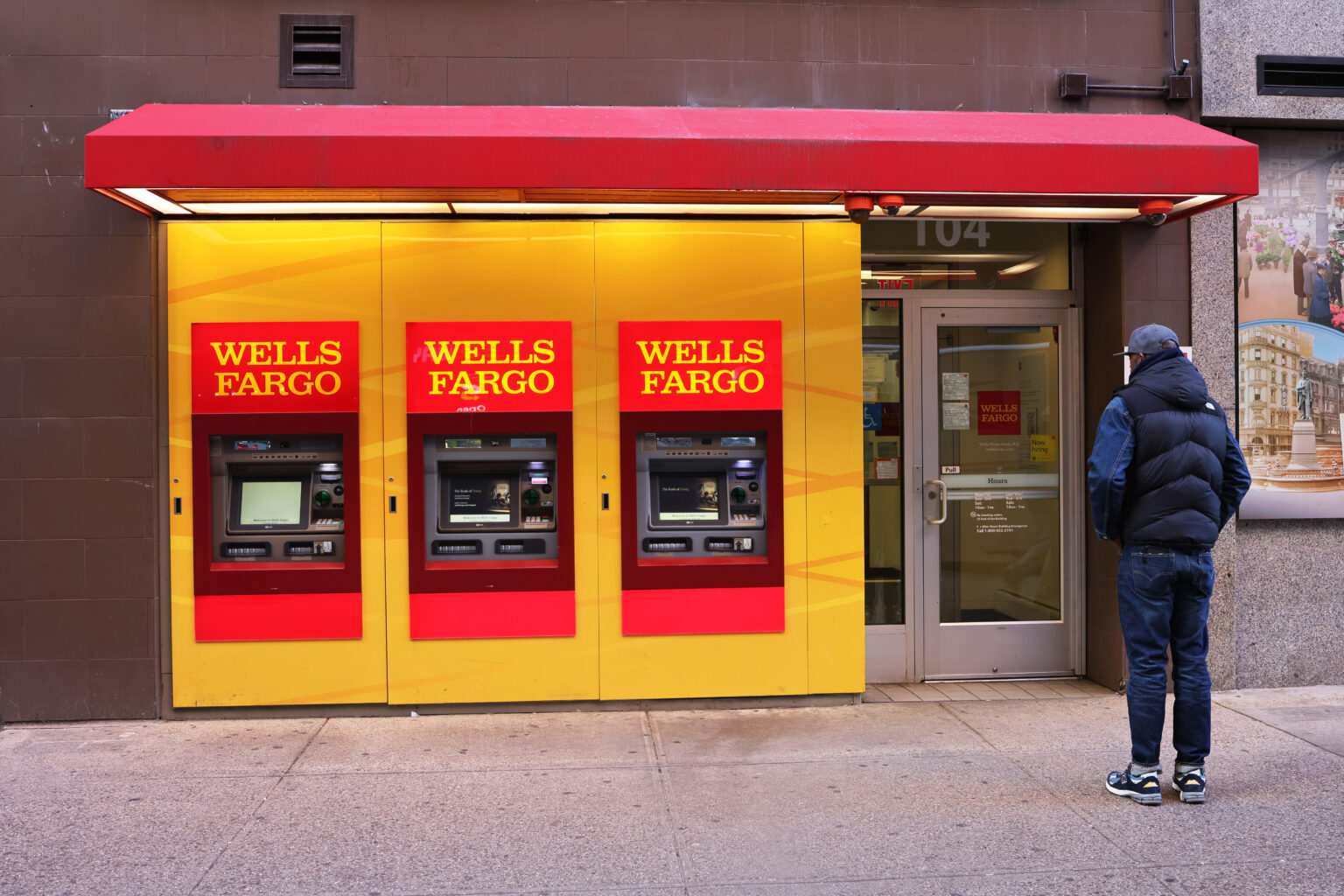“Overdraft protection” may sound like a safeguard against fees, but the reality, according to the Consumer Financial Protection Bureau (CFPB), is quite the opposite.
Contrary to its name, opting into overdraft protection often means opting into substantial fees, adding up to an average of $185 per household annually, depending on bank policies.
Overdraft Protection Costs Consumers Billions
When most consumers hear “overdraft protection,” they assume it protects against the very fees banks levy when accounts dip below zero. In reality, this so-called protection ensures that transactions clear despite insufficient funds, while opening the door for fees that typically range from $27 to $35 per occurrence. This discrepancy often leads consumers to unintentionally incur multiple fees in a single day, unknowingly piling up costs with each transaction.
“Overdraft protection” does not prevent fees—it guarantees them. When consumers opt in, they agree to let banks cover shortfalls, but at a steep price. Each time the bank covers an overdraft, it charges a fee, effectively making “protection” an expensive permission slip to add fees whenever funds run short.
How Overdraft and NSF Fees Differ
Prior to 2022, many banks imposed both overdraft and non-sufficient funds (NSF) fees. Overdraft fees were applied when a bank covered a deficit, while NSF fees charged consumers for transactions that were declined. The two fees were nearly identical in cost, but NSF fees at least alerted consumers that their balance was approaching zero. Many banks began to eliminate NSF fees in 2022 and 2023, removing one layer of immediate feedback that could help consumers avoid escalating overdraft fees.
With NSF fees on the decline, overdraft fees continue largely unchecked, often accumulating without consumers’ awareness until days later. For those who have opted into overdraft protection, this can mean multiple charges in a single day for seemingly small transactions, rapidly compounding fees in an account already in the negative.
Regulatory Scrutiny and “Phantom Opt-Ins”
This murky terminology has led the CFPB to focus on “phantom opt-ins,” in which banks claim consumer consent for overdraft fees without concrete proof. According to the Electronic Fund Transfer Act, banks are barred from charging overdraft fees on ATM and one-time debit transactions without clear consumer consent, yet “phantom opt-ins” leave consumers unwittingly exposed to fees they may not have explicitly agreed to.
“Phantom opt-ins occur when banks claim they have customers’ consent to charge overdraft fees but there is no proof they actually have. Under the Electronic Fund Transfer Act, banks cannot charge overdraft fees on ATM and one-time debit card transactions unless consumers have affirmatively opted in,” a September press release by the agency reads.
The CFPB’s recent actions highlight that even with genuine opt-ins, many consumers may misunderstand the service, believing overdraft protection shields them from fees rather than enforcing them. The agency is urging consumers to verify their status to avoid these misinterpretations.
Banks Benefiting the Most: Chase and Wells Fargo
JPMorgan Chase and Wells Fargo lead the pack in annual overdraft revenue. In 2023, Chase amassed over $1.1 billion, while Wells Fargo collected $937 million in fees. In late 2022, the CFPB fined Wells Fargo $3.7 billion for misleading practices, including $205 million to redress customers for “surprise overdraft fees.”
These figures underscore the revenue impact of overdraft practices on consumers and the importance of regulatory scrutiny in this area.
For those looking to avoid these charges, opting out of overdraft protection remains the best course of action. Without it, transactions that would overdraw an account are simply declined, sparing consumers the fees associated with overdraft “protection” and allowing for greater control over their funds.
Related: Pressured by Regulators, Banks Slash Overdraft Fees 51%


